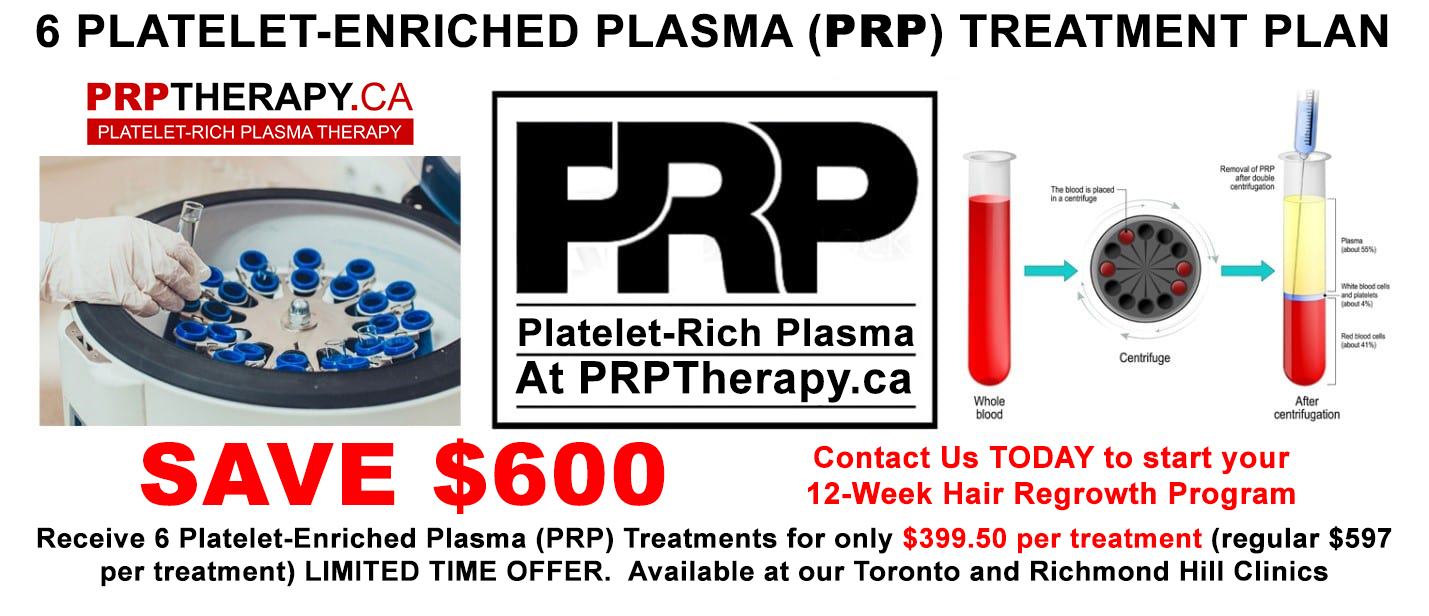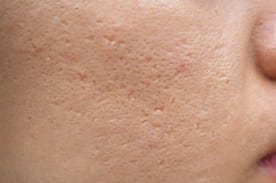Opening Time
Monday to Saturday: 10.30 to 8:00
Sunday Closed
IS PRP GOOD FOR SUN-DAMAGED PHOTOAGED SKIN?

Today we know excessive skin exposure is very harmful to your skin. UVA rays penetrate the lower layers of the epidermis, where they trigger melanocyte cells to produce melanin. The result of excessive tanning is sun damaged skin, also known as photoaging, or premature ageing. Sun damage causes skin to become aged, with wrinkles, age spots, and scaly patches called actinic keratosis.
Men and women who have had excessive sun exposure tend to look years older. The signs of ageing can be classified into four categories of wrinkles/texture, lack of firmness, vascular disorders, and pigmentation.
INTRINSIC AGEING VS EXTRINSIC AGEING
Intrinsic ageing reflects the genetic background of a person and occurs with the passage of time. Extrinsic ageing reflects the consequences of environmental factors such as sun exposure, smoking, and diet.
Intrinsically aged skin is usually smooth and unblemished. With chronological aging alone, light skinned seniors can exhibit thin skin with fine wrinkles. People of colour exhibit less severe intrinsic facial ageing with signs appearing a decade later that lighter skin types.
However, extrinsic aged skin are habits that are formed over the years, such as excessive tanning, chronic smoking, and poor diet choices, which leads to advanced premature ageing, as compared to intrinsically aged skin. Sun exposure is the most important extrinsic factor in aging skin. Common clinical signs of photoaging include dark spots, lentigines, telangiectasias, rhytides, and loss of elasticity.
PRP AND EXTRINSIC AGED SKIN
Luckily, there are ways to reverse the signs of premature ageing or sun damaged skin with the use of PRP, or platelet-rich plasma. The platelets and growth factors in PRP offer healing properties that can reverse sun damage and increase collagen production for a more even, radiant, youthful appearance of your skin.
PRP contains may growth factors and stem cells that accelerates the healing process and restoring collagen. The prominent growth factors of PRP include platelet-derived growth factor (PDGF), transforming growth factor β (TGF-β), vascular endothelial growth factor (VEGF), epidermal growth factor (EGF), insulin-like growth factor (IGF) and fibroblast growth factor (FGF).
Patients with premature photoaged skin reported improvements in both texture and wrinkles after undergoing PRP therapy on their face and neck.
- PRP increased the number of fibroblasts,
- PRP increased blood vessels in the skin
- PRP increased collagen density in the skin
- PRP produced significant improvements in wrinkle and elastosis and photoaging scoring scales.
HOW DOES PRP WORK?
PRP uses your own blood to be injected back into your skin. Your blood is first spinned using a centrifuge machine and the red blood cells are separated with the platelets. A micro needling device creates tiny holes in your skin and the platelet-rich plasma is applied topically into your skin and absorbed through the tiny holes created by the micro needling.

A September 2017 study in the Aesthetic surgery journal found that after an injection of PRP (Platelet Rich Plasma, doctors observed an increase of reticular dermis thickness (the lower of the two layers of the dermis (skin)). This thickening of the skin was caused by deposition of elastic fibers (the stuff of skin elasticity) and collagen, with a fibrotic aspect (skin regeneration). The researchers concluded: “PRP injection could lead to trophic (bringing blood) alteration of the skin and the precocious (premature) aging process.”
A June 2017 study found that Platelet-rich plasma (PRP) induced a reduction in the manifestations of skin aging, including an improvement in wrinkles and elastosis (yellowish skin). In this research, doctors found that PRP provides growth factors that stimulate fibroblast activation (cells that start collagen production) and induce the synthesis of collagen and other components of the extracellular matrix.
THIS IS NOT A NEW IDEA, 2003 RESEARCH SUGGESTED PRP’S GROWTH FACTORS COULD REPAIR SUN DAMAGED SKIN.
In 2003, doctors at Scripps-XIMED Medical Center began looking at growth factors in the repair of sun damaged skin. This is what they wrote:
- Though surgical procedures may be highly effective, the associated healing time and potential risks have spurred the development of non-surgical treatments.
- There has also been an increasing depth of knowledge regarding wound healing and its control by growth factors as well as its modulation by the topical application of growth factors.
The objective of this study was to determine if the twice daily application of a combination of multiple growth factors (such as those found in PRP) to photodamaged facial skin results in any evidence of improvement after 60 days.
- Eleven of 14 patients showed clinical improvement in at least one facial area. The peri-orbital (around the eyes) region showed a statistically significant improvement.
- There was a decrease in the depth and number of textural irregularities or fine lines.
- Biopsies revealed new collagen formation and thickening of the epidermis by 27%.
- Eight of 14 patients felt their wrinkles were improved, while 12 of 14 felt their skin texture was improved.
IS PRO PROCEDURE PAINFUL?
Not at all. The only injection we do is obtaining your blood into a tube. The rest is using a micro needling device on your skin with a penetration depth of 1 mm. There is no downtime and you can go abouts your normal daily activities. The whole procedure takes around 45 minutes to 1 hour.
IS PRP EXPENSIVE?
Compared to other cosmetic procedures like fillers and laser therapy, PRP is a cost-effective procedure that offers many long-term benefits to your skin and overall appearance. At PRPTherapy.ca, we have a current special whereby you can save $500 CAD towards our PRP Photoageing Plan. We recommend 6 treatments spaced out over 1 month each. Regular price is $3000 CAD. Our current special saves you $500 at only $2500 CAD for 6 sessions (6 months). We offer installment plans as well. Please call 647-492-5022 to book an appointment at our Toronto or Richmond Hill clinics.

Takeaway
PRP therapy has shown promise in improving the appearance of sun-damaged, photoaged skin. Sun damage can cause various skin concerns, including fine lines, wrinkles, hyperpigmentation, and loss of skin elasticity. PRP therapy has been used to promote collagen production and tissue regeneration, which can help improve the overall texture, tone, and quality of sun-damaged skin.
While more research is needed to evaluate PRP’s effectiveness for sun-damaged skin fully, early studies have shown promising results. PRP therapy was found to improve skin hydration, firmness, and elasticity in individuals with photoaged skin, according to a publication in the Journal of Cosmetic Dermatology.
Similarly, a second study published in the Journal of Cutaneous and Aesthetic Surgery found that the combination of PRP treatment and microneedling enhanced skin texture and reduced the appearance of wrinkles and fine lines.
It is important to note that PRP therapy is not a substitute for sun protection measures, such as wearing sunscreen and avoiding prolonged sun exposure. However, it can be used as a complementary treatment to address the visible signs of sun damage and photoaging.
As with any medical treatment, consulting with a qualified practitioner is essential to determine if PRP therapy is the right option for your skin concerns and to discuss any potential risks or complications.
Our Services

ANTI-AGEING
SMP Scalp Micropigmentation Frequently Asked Questions. Thinking of SMP but have some questions?
Read More

HAIR LOSS
Click to learn more about high rated hair loss clinics. We have two accessible locations in the GTA to serve our clients.
Read More

SCARS
In-Clinic Trichologist to help assess your hair loss problem and provide recommended treatments.
Read More

DAMAGED SKIN
Want to be an SMP Model? Get 50% discount, Save money, but still have expert treatment. Click to learn more.
Read More

